It is important to have at least a basic understanding in order to provide first aid to your horse. We have summarized the most important factors for you.
I. Knowing Emergency Care Is Essential For Every Horse Owner
We all had to take and pass a first aid course during the process of getting our drivers license. What is obvious for us riders, should also apply to our horses. The right and fast treatment can decide on the recovery and any consequential damage.
We can find a first-aid kit in almost every stable, but usually exactly what is needed or even all medications and creams have long since exceeded the expiration date. What shouldn't be missing in any stable pharmacy and how the most common injuries can be treated, will be explained in this post.
- First Aid
If a horse gets injured, it is not only important to offer quick but also correct first aid. For example, everyone should know how to apply a correct pressure bandage or how to measure fever. Therefore, it is helpful to have regular "first aid exercises" in your barn, where everyone can practice applying a bandage correctly or controlling the "PBT" values (pulse - breathing - temperature). You can also organize a first aid seminar on your horse via your club. Thus you can check your own knowledge and also give other riders the opportunity to further educate themselves.
II. But Remember: First Aid Does Not Replace The Veterinarian!
- What Cannot Be Missing?
- Thermometer
- Bandages (bandages, pads, compresses, non-adhesive wound dressings)
- Disinfectant
- Stethoscope
- Wound and Healing Ointment
- Iodine Ointment
- Disinfecting Washing Lotion
- Spray Dressing
- Scissors
- Disposable Gloves
- Waterproof Tape
- Muzzle
- Cooling Elements
III. First Signs of Illness
Whenever your horse behaves differently, a possible cause of illness should be excluded. First aid of an injured or sick animal can prevent worse and even if you do not know what to do, anyone can contact the vet. Therefore, always go with a watchful eye through the barn and take care of every horse; if they show a strange behavior.
Signs of a Disease:
- The horse is not eating
- It is restless
- Is increasingly rolling
- Sweats
- Trembles
- Is apathetic
- The eyes are dull
- The coat is dull
- It cannot move properly
- It is lame
- Has external injuries
- PBT Values
If the horse has no external injuries but nevertheless behaves unusual, the first step is to check the PBT-Values. The pulse, breathing, and temperature are measured and compared with the norm values.
- Taking the Temperature
For fever measuring, you take a commercial thermometer (it is better not to use one mad out of glass or mercury) and insert it into the anus. Many horses find that uncomfortable. Therefore, to minimize your risk of injury, stand sideways to the horse and maybe ask another person to distract your horse. So that the thermometer does not "disappear" in the horse, it is best to attach a string to the end of the thermometer and wait until it starts to beep.
- Breathing
The easiest way to control the horse's breathing is to observe the flank movement of your horse. Even a very shallow breathing can be clearly seen. The movement of the nostrils, on the other hand, is not particularly meaningful, as it can change quickly with certain odors or when the horse senses something.
- Pulse Control
To control the pulse, there are different key regions:
On one hand, you can measure on the artery of the lower jawbone or on the side of the tailbone. To find a very accurate pulse rate, a stethoscope is best for listening to the heart directly. To do this, place the stethoscope about a hand's width behind the horse's elbow.

IV. Average values:
|
Values |
At Rest |
With Enormous Effort |
|
Pulse |
30 - 40 Beats / Minute |
Up to 220 Beats / Minute |
|
Breathing |
10 - 16 Breaths / Minute |
Up to 80 - 100 Breaths |
|
Temperature |
37.5 - 38.2 Degrees Celsius |
Maximum 41 Degrees Celsius |
V. Causes
- Wounds
If you are not sure whether a larger wound needs to be sewed, do not apply any ointments on the spot, as this will make it difficult to sew by the vet later. On the safe side, if you clean the wound with cold, running water, dry it with a sterile dressing pad and finally wrap it loosely so that no other foreign bodies can penetrate it until the veterinarian arrives. To do this, place a non-adhesive wound pad on the affected area, wrap the leg loosely with cotton wool and finally bandage it. Elastic bandages should never be applied directly to the skin.
- Foreign Objects
Foreign objects should never be removed on your own because otherwise major consequential damages are possible. For example, if the foreign body has injured an artery. The best way to stabilize foreign objects is to prevent them from slipping or penetrating deeper. The horse should be kept as calm as possible.
- Swelling
First off, swellings should always be cooled generously with cold water. Examine your horse carefully, then any injuries. Otherwise, the veterinary examination usually brings light into the dark.
- Poisonings
In case of possible poisoning, the veterinarian should be informed immediately. Poisoning cases are always intensive cases and require veterinary treatment. The first step should be to bring the horse int the stable wearing a muzzle. If you have any idea what may have led to the poisoning, tell your vet immediately.
- Colic
All forms of abdominal pain can cause colic symptoms. Mostly, the horse tries to roll excessively, kicking his stomach, sweating profusely, and generally showing a very matte, apathetic impression. If you suspect a colic, call your vet immediately. Any food should be taken out of the box - even ready-to-eat litter - and put on sawdust. Covering the horse with a sweat blanket and walking it lightly can help until the veterinarian arrives.
Tip: Simply place two chip bundles in each barn for safety. The money can be shared by all horse owners. Ultimately, it can hit anyone.
A quick response can usually prevent worse consequences of injury or illness but does not replace a veterinary examination. The health of our horses is important to us all, so show a heart for horses from others and treat each one as you wish your own would be treated.
--------------------------------
www.reiten-reicht.de - Reitsportblog (German)
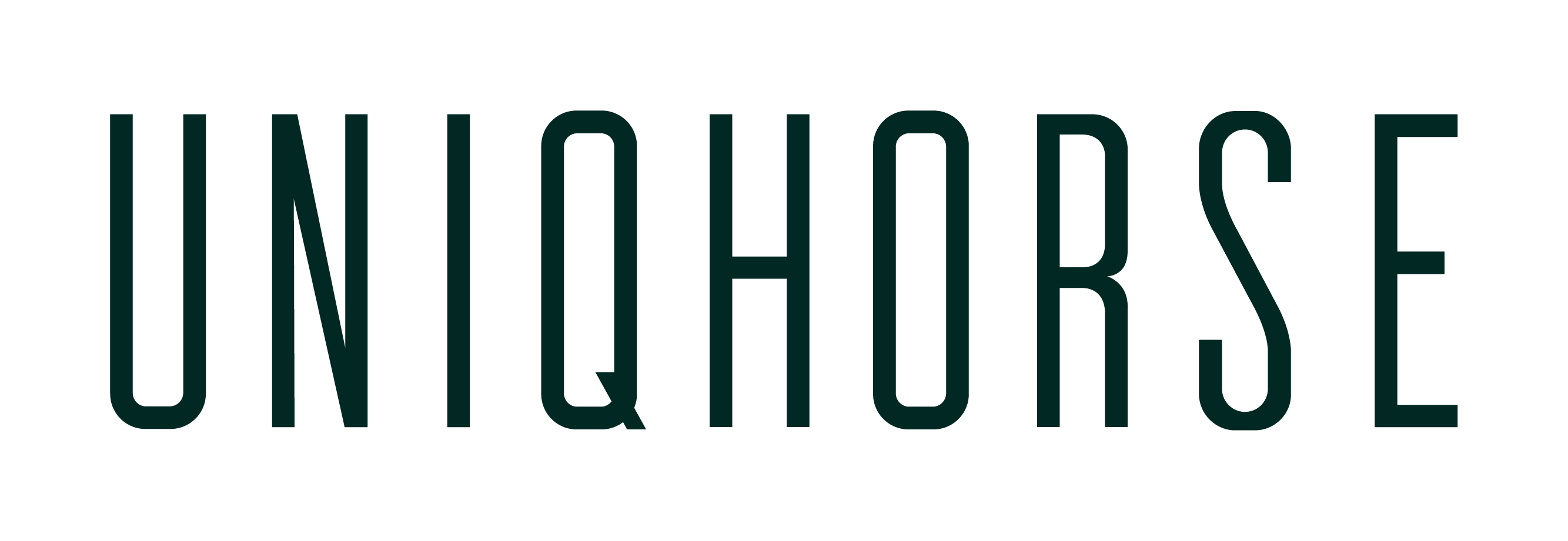


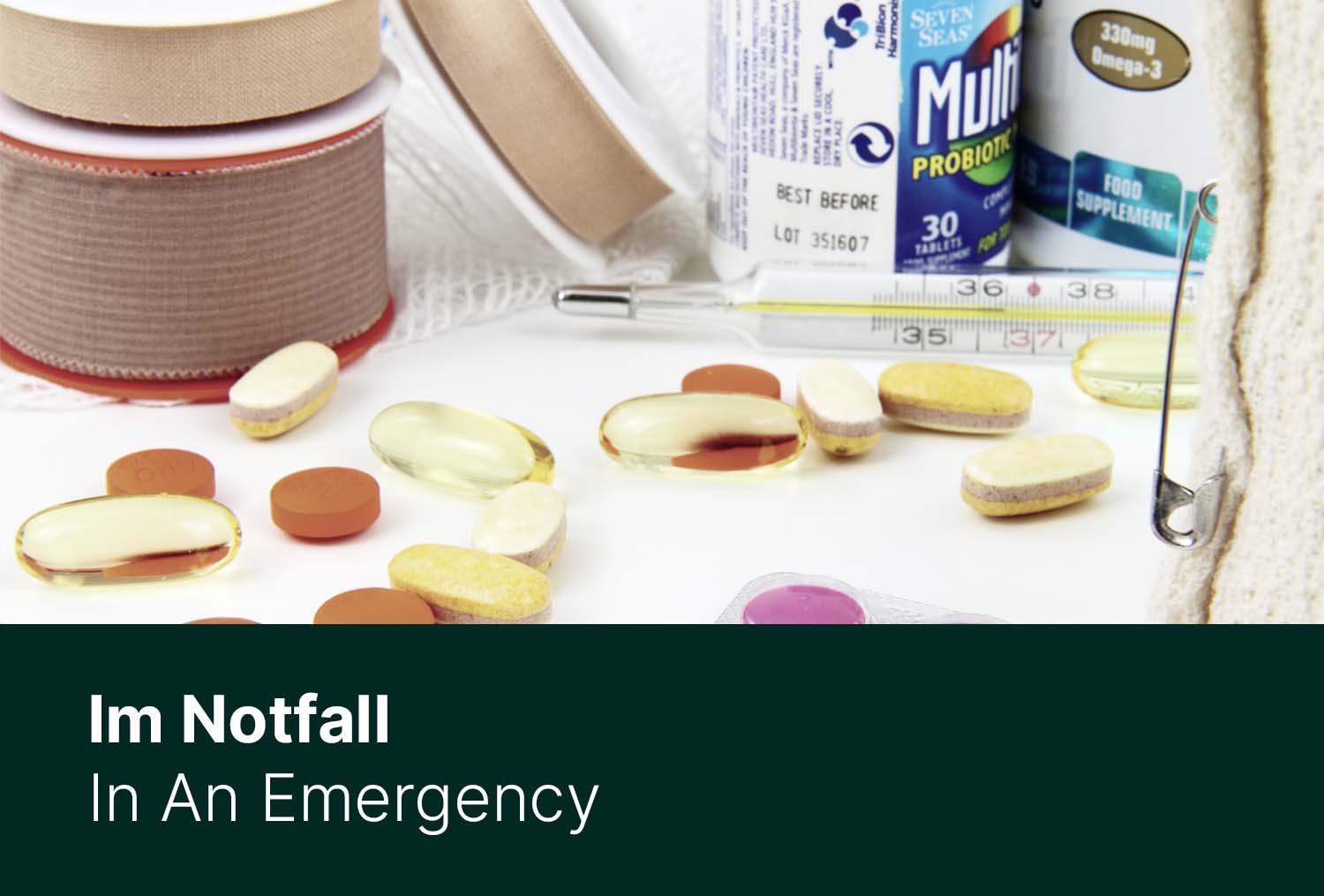
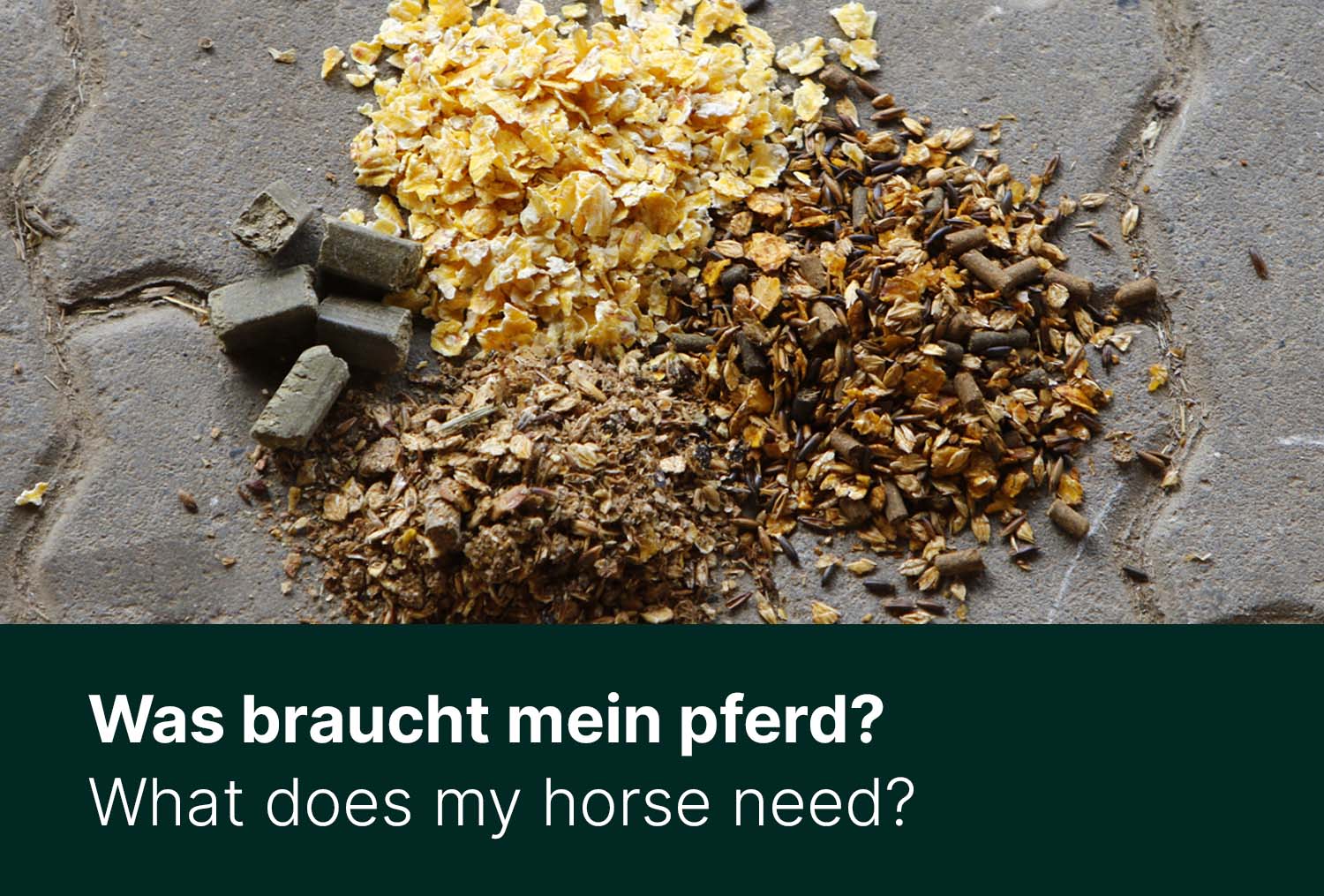
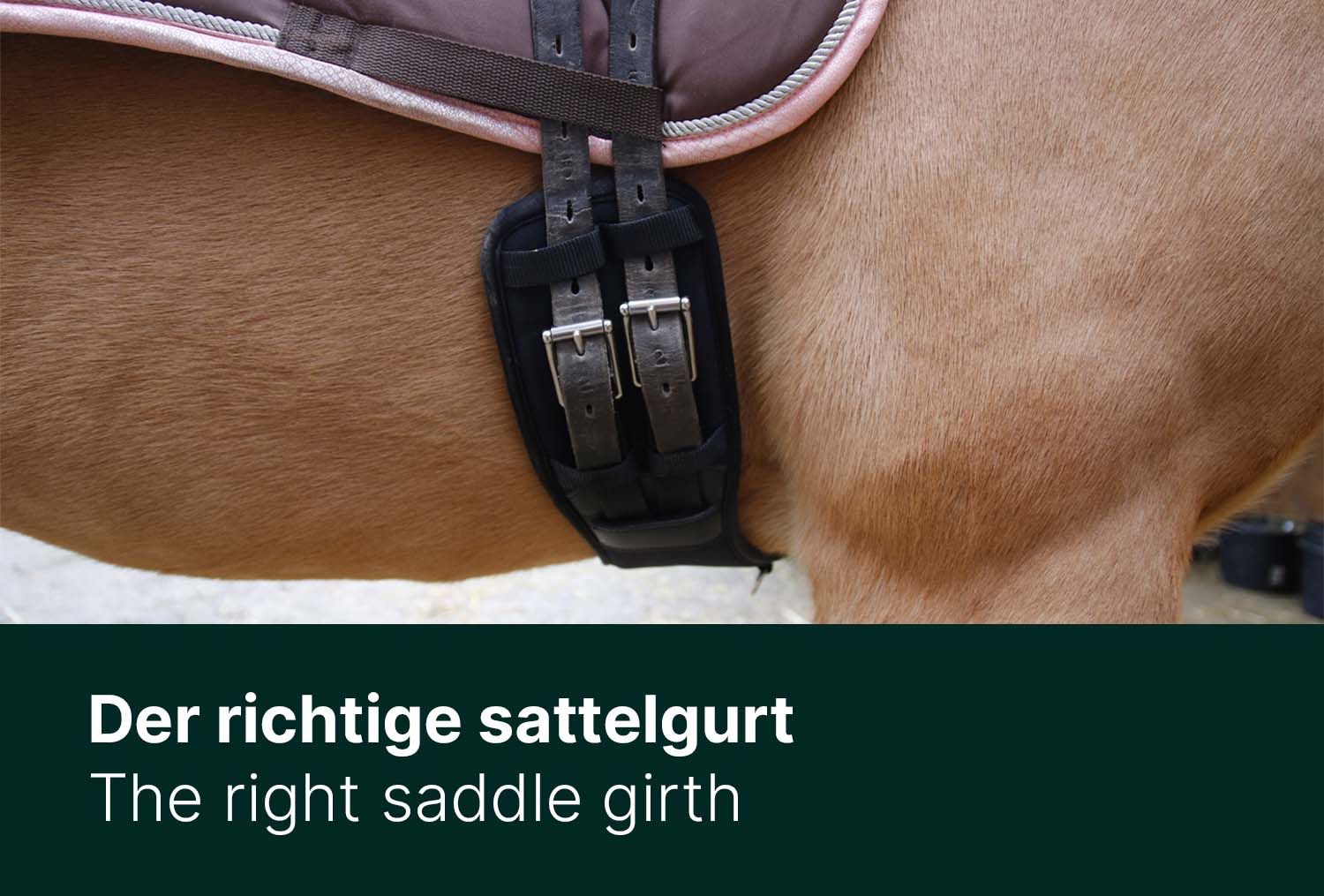
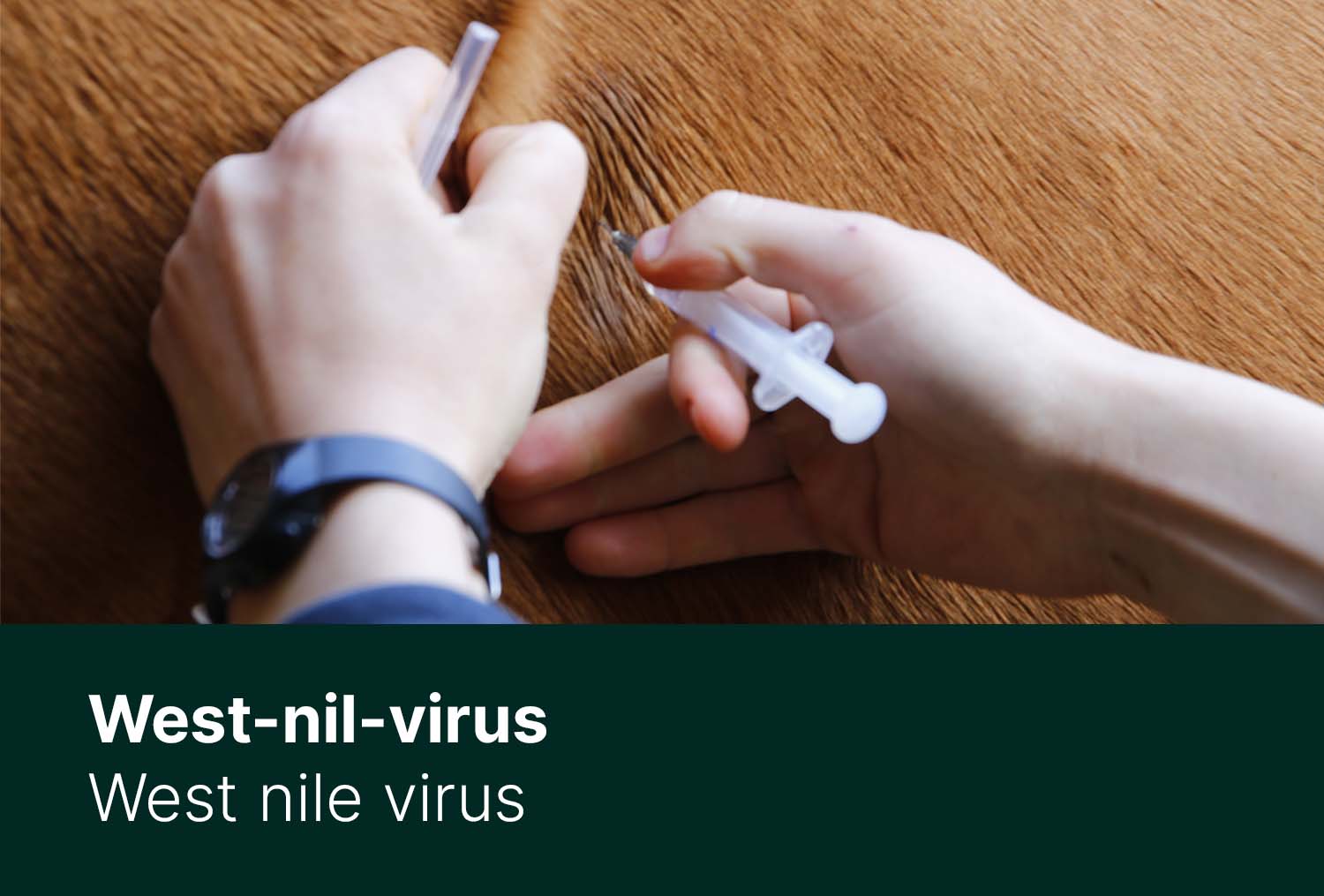
What Do I Have To Take To The Riding Tournament? - The Tournament Preparation
Itchy and tingly skin - Summer Eczema